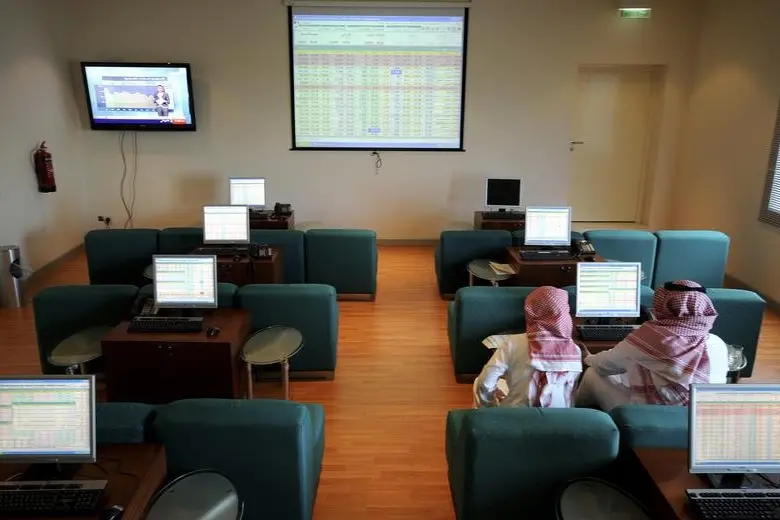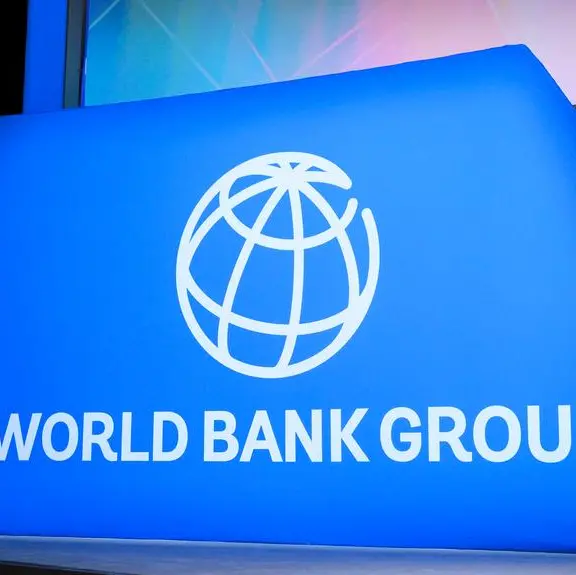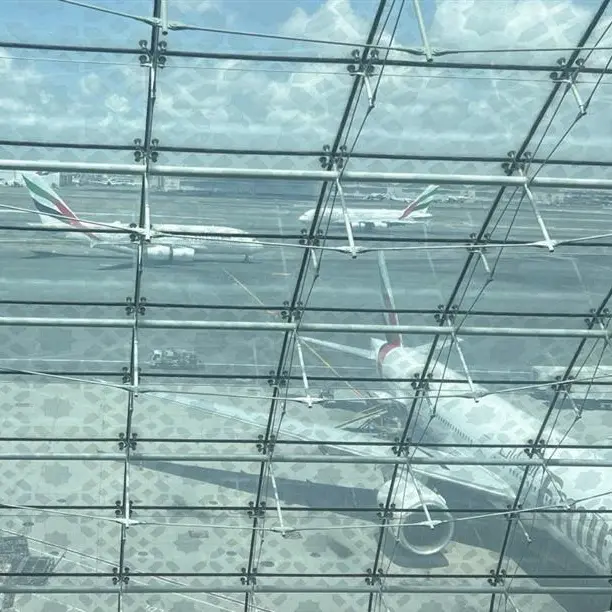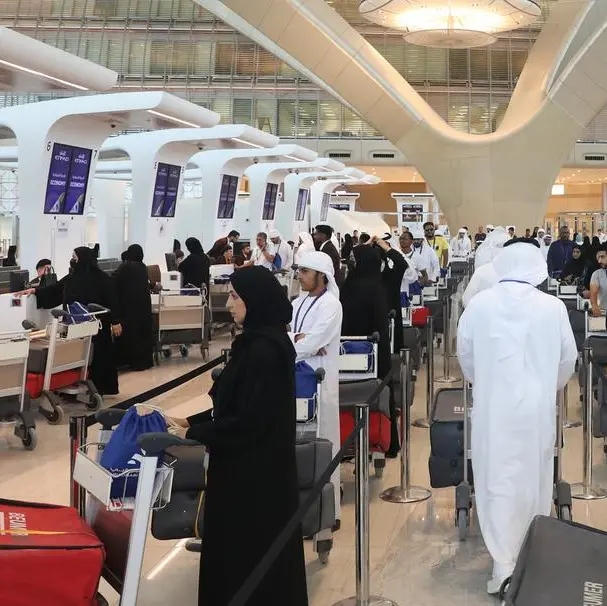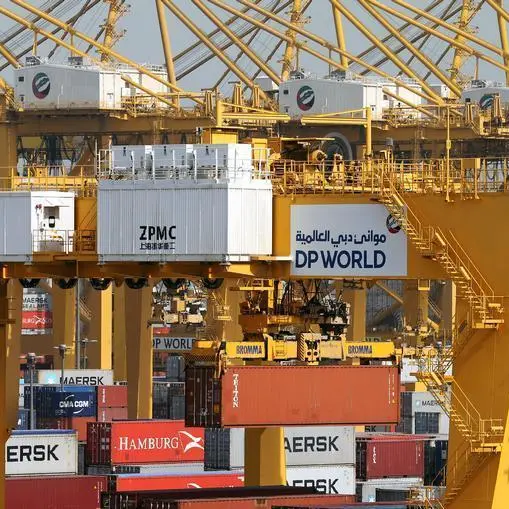PHOTO
DUBAI/LONDON - A rise in Middle East bond yields following Saudi Arabia's anti-corruption purge and turmoil in Lebanon signals a long-term re-pricing of regional debt caused by heightened political risk, investors believe.
Funds started selling Middle East bonds early this month after Saudi Arabia detained dozens of senior officials and top businessmen in an unprecedented crackdown on graft.
The arrests coincided with the resignation of Lebanon's prime minister, which put that country at the centre of regional tensions between Saudi Arabia and Iran, pushing Lebanese bond prices to multi-year lows.
In past years, political events - such as Islamic State's taking of the Iraqi city of Mosul in 2014, or the start of Saudi Arabia's military intervention in Yemen in 2015 - had only a brief effect on bonds, which was confined to a few countries.
This time, credit spreads and the cost of insuring debt against default have increased not only for Saudi Arabia and Lebanon, but across the six-nation Gulf Cooperation Council, which includes Qatar, Kuwait and Abu Dhabi.
"Now everybody feels confirmed that it is justified to have an additional spread for GCC and also Middle Eastern risk, because of potential geopolitical risks," said Trieu Pham, regional credit strategist at MUFG Securities.
"Geopolitical risk will remain high in the region ... and I think the geopolitical additional spread is there to stay for now."
Yields have risen by around 25 basis points this month on some of the most actively traded sovereign bonds in the region, in particular at the long end of the curve, where most international investors concentrate their holdings.
Saudi Arabia's $6.5 billion bond maturing in 2046, for instance, now yields 4.67 percent, up from 4.43 percent just before the Saudi arrests.
The yield on the 2047 bond of Abu Dhabi, a stronger credit, has risen 15 bps. The yield on Bahrain's 2047 bon, a much weaker credit, is up 50 bps.
"This is a repricing of systemic political risk. Just as we saw with Qatar, this will not be a short-term bounce in yields, but a long-term step up to a slightly higher risk bracket," said Marcus Chenevix, regional analyst at TS Lombard.
Several factors make the current bout of geopolitical instability seem particularly serious to investors. One is that it follows the decision by four Arab states in June to impose sanctions on Qatar - an act which threatens the long-term integrity of the GCC.
In past years, GCC bonds were in short supply, so they were supported by an imbalance in demand. Now supply is plentiful as governments and companies raise money in response to low oil prices; dollar-denominated bond issuance from the Gulf totals about $80 billion so far this year, against a record $63.5 billion in the whole of 2016, Thomson Reuters data shows.
Thirdly, investors believe Saudi Arabia's 32-year-old Crown Prince Mohammed bin Salman may be changing a political system that endured for decades.
"Investors have long looked to the rule of the royal family as a source of stability. But this stability was only present so long as decisions were reached by consensus. Now consensus is no longer king. Absolute rule has been brought back," Chenevix said.
Anita Yadav, head of fixed income research at Emirates NBD, said the jittery market was ignoring the fact that oil prices - the single most important factor for regional credit quality - had risen above $60 a barrel from $50 a few months ago.
But even if political uncertainty eases in coming weeks, this may be offset by an expected increase of U.S. Treasury yields, she said.
"Bond prices may remain under pressure, and may not recover materially, even though the factors that contribute to those prices would change."
(Editing by Andrew Torchia, Larry King) ((Davide.Barbuscia@thomsonreuters.com; +971522604297; Reuters Messaging: davide.barbuscia.reuters.com@reuters.net))
Funds started selling Middle East bonds early this month after Saudi Arabia detained dozens of senior officials and top businessmen in an unprecedented crackdown on graft.
The arrests coincided with the resignation of Lebanon's prime minister, which put that country at the centre of regional tensions between Saudi Arabia and Iran, pushing Lebanese bond prices to multi-year lows.
In past years, political events - such as Islamic State's taking of the Iraqi city of Mosul in 2014, or the start of Saudi Arabia's military intervention in Yemen in 2015 - had only a brief effect on bonds, which was confined to a few countries.
This time, credit spreads and the cost of insuring debt against default have increased not only for Saudi Arabia and Lebanon, but across the six-nation Gulf Cooperation Council, which includes Qatar, Kuwait and Abu Dhabi.
"Now everybody feels confirmed that it is justified to have an additional spread for GCC and also Middle Eastern risk, because of potential geopolitical risks," said Trieu Pham, regional credit strategist at MUFG Securities.
"Geopolitical risk will remain high in the region ... and I think the geopolitical additional spread is there to stay for now."
Yields have risen by around 25 basis points this month on some of the most actively traded sovereign bonds in the region, in particular at the long end of the curve, where most international investors concentrate their holdings.
Saudi Arabia's $6.5 billion bond maturing in 2046, for instance, now yields 4.67 percent, up from 4.43 percent just before the Saudi arrests.
The yield on the 2047 bond of Abu Dhabi, a stronger credit, has risen 15 bps. The yield on Bahrain's 2047 bon, a much weaker credit, is up 50 bps.
"This is a repricing of systemic political risk. Just as we saw with Qatar, this will not be a short-term bounce in yields, but a long-term step up to a slightly higher risk bracket," said Marcus Chenevix, regional analyst at TS Lombard.
Several factors make the current bout of geopolitical instability seem particularly serious to investors. One is that it follows the decision by four Arab states in June to impose sanctions on Qatar - an act which threatens the long-term integrity of the GCC.
In past years, GCC bonds were in short supply, so they were supported by an imbalance in demand. Now supply is plentiful as governments and companies raise money in response to low oil prices; dollar-denominated bond issuance from the Gulf totals about $80 billion so far this year, against a record $63.5 billion in the whole of 2016, Thomson Reuters data shows.
Thirdly, investors believe Saudi Arabia's 32-year-old Crown Prince Mohammed bin Salman may be changing a political system that endured for decades.
"Investors have long looked to the rule of the royal family as a source of stability. But this stability was only present so long as decisions were reached by consensus. Now consensus is no longer king. Absolute rule has been brought back," Chenevix said.
Anita Yadav, head of fixed income research at Emirates NBD, said the jittery market was ignoring the fact that oil prices - the single most important factor for regional credit quality - had risen above $60 a barrel from $50 a few months ago.
But even if political uncertainty eases in coming weeks, this may be offset by an expected increase of U.S. Treasury yields, she said.
"Bond prices may remain under pressure, and may not recover materially, even though the factors that contribute to those prices would change."
(Editing by Andrew Torchia, Larry King) ((Davide.Barbuscia@thomsonreuters.com; +971522604297; Reuters Messaging: davide.barbuscia.reuters.com@reuters.net))
